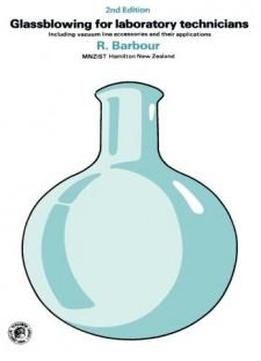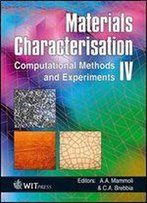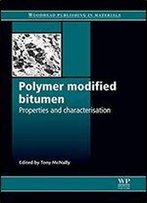
Glassblowing For Laboratory Technicians: Including Vacuum Line Accessories And Their Applications (pergamon International Library Of Science, Technology, Engin)
by R. Barbour /
1978 / English / PDF
4.5 MB Download
Glassblowing for Laboratory Technicians, Second Edition introduces
the laboratory technician to the technique of glassblowing. Vacuum
line accessories and their applications are described, along with
the vacuum technique and interchangeable ground-glass joints.
Laboratory glassworking hazards as well as intermediate and
advanced glassblowing are also considered. This book is comprised
of 12 chapters and opens with an overview of glass and its
composition, followed by a discussion on glass tubes and rods and
how they are stored. The next chapter focuses on some obvious
hazards that will be encountered in glassworking, including sharp
glass edges, hot glass and tools, gas and mercury, and the
glassworking flame. The reader is then introduced to the laboratory
workshop for glassblowing; the process of glass annealing;
glass-to-metal seals; and elementary, intermediate, and advanced
glassblowing. The vacuum technique is also described, along with
types of pumps, vacuum gauges, and the operation of a vacuum
system. The final chapter explains how a glassblowing class should
be conducted. This monograph will be a useful resource for
laboratory technicians and those who may be concerned with either
the training of glassblowers or with glassblowing.
Glassblowing for Laboratory Technicians, Second Edition introduces
the laboratory technician to the technique of glassblowing. Vacuum
line accessories and their applications are described, along with
the vacuum technique and interchangeable ground-glass joints.
Laboratory glassworking hazards as well as intermediate and
advanced glassblowing are also considered. This book is comprised
of 12 chapters and opens with an overview of glass and its
composition, followed by a discussion on glass tubes and rods and
how they are stored. The next chapter focuses on some obvious
hazards that will be encountered in glassworking, including sharp
glass edges, hot glass and tools, gas and mercury, and the
glassworking flame. The reader is then introduced to the laboratory
workshop for glassblowing; the process of glass annealing;
glass-to-metal seals; and elementary, intermediate, and advanced
glassblowing. The vacuum technique is also described, along with
types of pumps, vacuum gauges, and the operation of a vacuum
system. The final chapter explains how a glassblowing class should
be conducted. This monograph will be a useful resource for
laboratory technicians and those who may be concerned with either
the training of glassblowers or with glassblowing.











